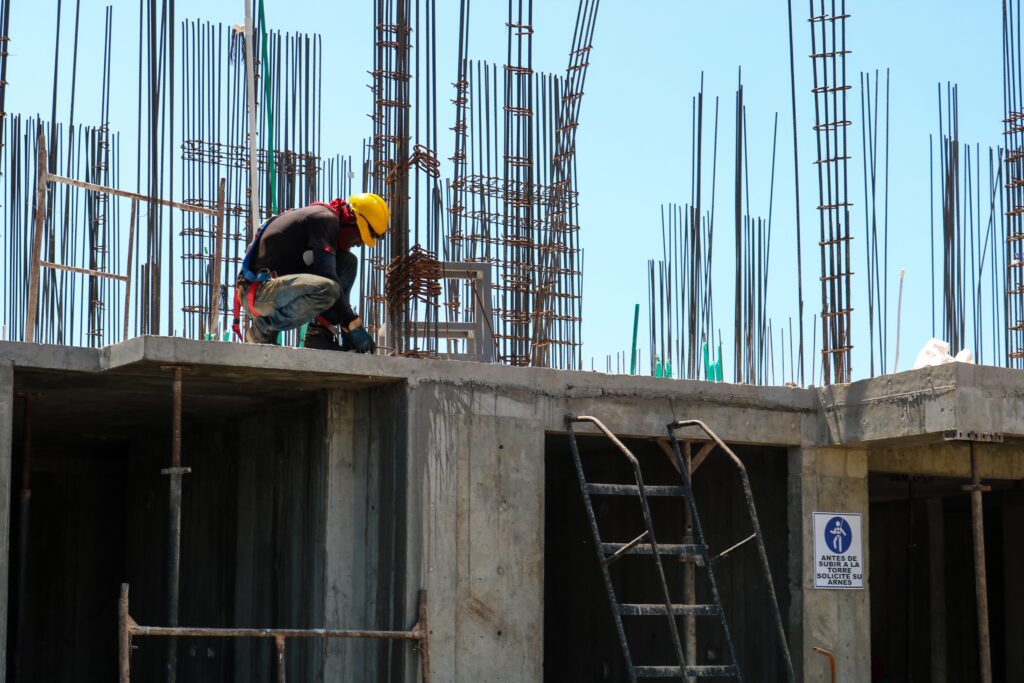Introduction
Although Latino immigrants, especially noncitizens, endure structural factors that may increase their risk of death at younger ages, little is known about their risk of death in young adulthood. This study evaluates mortality differences across citizenship status among young Latino adults (aged 18–44 years) in the U.S.
Methods
This study used the National Health Interview Survey (1998–2014) with mortality follow-up through 2015. Cox regression models adjusted for age and sex were used to determine baseline differences in mortality. Models adjusted for socioeconomic factors (i.e., English proficiency, education, poverty, and health insurance) were used to determine whether socioeconomic conditions attenuate mortality differences.
Results
Participants included noncitizens (n=48,388), naturalized citizens (n=16,241), and U.S.-born citizens (n=63,388). Noncitizens (hazard ratio [HR]=1.40, 95% CI=1.31, 1.51), but not naturalized citizens (HR=1.04, 95% CI=0.94, 1.16), were at greater risk of all-cause death than U.S.-born citizens. Both noncitizens (HR=2.46, 95% CI=2.07, 2.92) and naturalized citizens (HR=1.76, 95% CI=1.40, 2.21) were more likely to die of cancer. Noncitizens were also at a greater risk of death because of cardiometabolic diseases (HR=1.46, 95% CI=1.20, 1.78) and accidents (HR=1.33, 95% CI=1.14, 1.55). Socioeconomic factors attenuated differences in all-cause, cardiometabolic, and accidental deaths, but not differences in cancer mortality.
Conclusions
Contrary to the long-held notion of the healthy migrant, young Latino immigrants, especially noncitizens, are at increased risk of death than their U.S.-born counterparts. Efforts to reduce these disparities should focus on improving their socioeconomic conditions and healthcare access early in adulthood.
The full study is available in the American Journal of Preventative Medicine.
